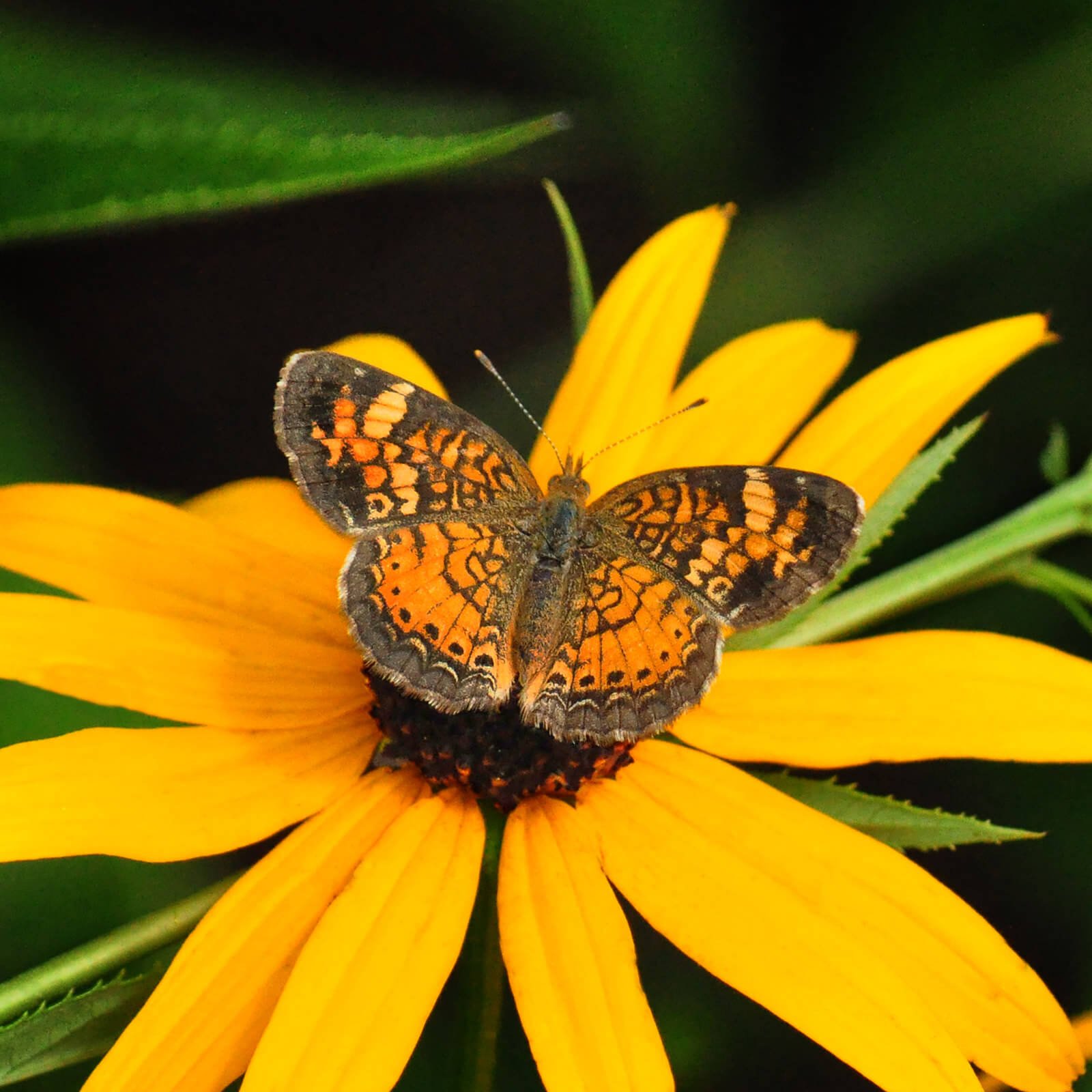Life Cycle: Perennial
Sun Exposure: Full-Partial shade
Soil Moisture: Medium/dry – Dry
Height: 4 inches
Plant Spacing: 2-6 inches
Bloom Time: April-June
Bloom Color: Purple
Advantages: Deer Resistant, Great Landscaping plant
Host Plant: 4 species of butterflies and moths use this as a caterpillar host plant in our area (nwf.org)
Species of Concern: State Status: Presumed extirpated (legally 'threatened' if rediscovered), State Rank: Presumed extirpated (mnfi.anr.msu.edu)










